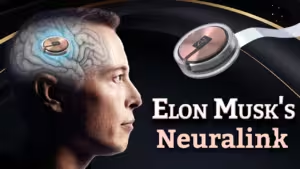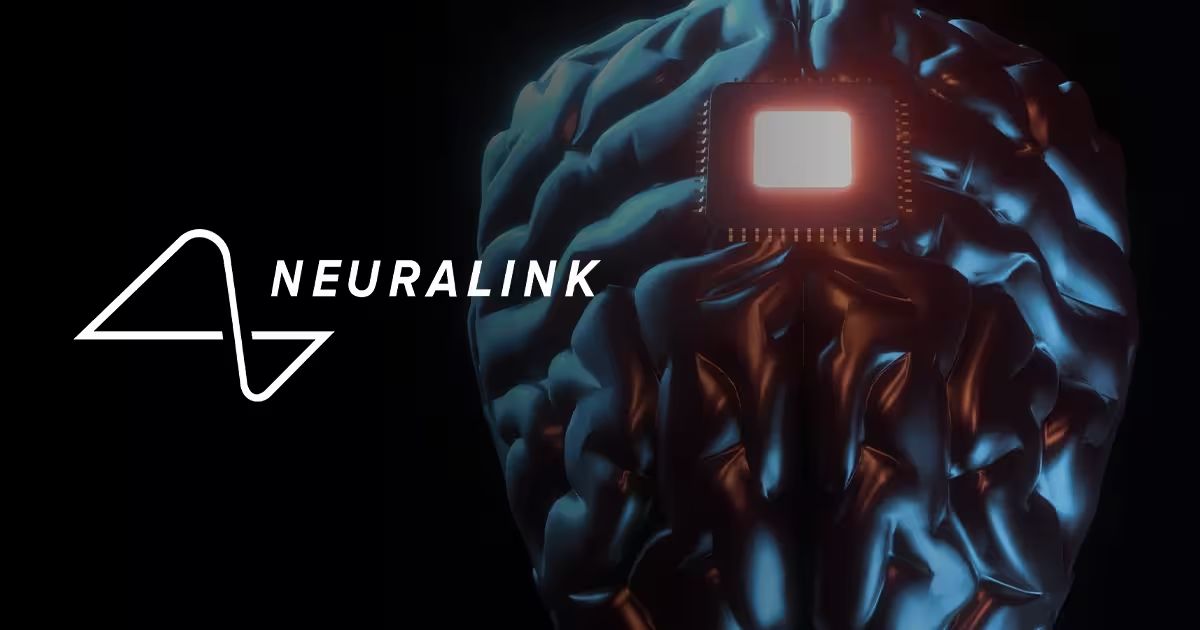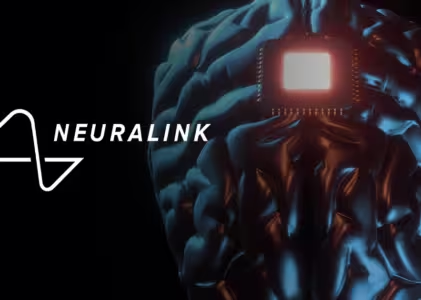The Hidden Risks of Elon Musk’s Neuralink
Elon Musk’s Neuralink – Imagine a future in which the smartphone or computer is controlled merely by thinking about it. That is the dream of Elon Musk’s Neuralink—a small chip inserted into the brain that might change medicine, education, and daily life. Still, while the promises sound like something from science fiction, there are Hidden Risks of Elon Musk’s Neuralink that raise some very important questions for parents, teachers, and the general public.
In this guide, we’ll investigate the potential risks and ethical pitfalls of Neuralink, breaking down the science, the controversies, and what it could mean for the future of learning, parenting, and personal freedom.
What Is Neuralink, and Why Should You Care?
Neuralink is a BCI developed by Elon Musk’s company. This device, implanted in the brain, translates neural signals into commands for computers or other digital devices.
Imagine a paralyzed student being able to type with their thoughts or a blind person regaining sight—this is the future Neuralink envisions.

But as with any breakthrough technology, especially one that taps directly into the human brain, there are risks. For teachers and parents, understanding these risks is critical, since the implications could affect education, child development, and even societal norms.
The Dark Side of Neuralink: What No One’s Talking About
1. Privacy Risks: Who Owns Your Thoughts?
One unsettling question, however, arises with the very idea of a chip that can read and transmit brain signals: who controls the data? The sensitive information, such as thought patterns, learning styles, or even emotional states, could be collected and exploited by corporations or hackers in the case of students or children using such technology.
💡 Example: Consider a classroom that employs Neuralink for improved learning, but the data is being accessed and sold by a third party to advertisers.
2. Ethical Concerns: Are We Creating Inequality?
Neuralink may be used to create an education gap. Affluent families will be able to pay for enhancements in their children, thereby giving them an edge over others both academically and later in life. This can make students from underprivileged communities lag further behind their rich counterparts.
💡 Quick Win: Teachers can begin to facilitate discussions on ethical technology use in the classroom to inspire awareness and critical thinking for students.
3. Health and Safety: The Risk of Brain Surgery
Neuralink requires brain surgery to implant the chip, which carries inherent risks such as infections, neural damage, or long-term complications.
What would you risk your child’s health for technological enhancement?
💡 Parent Tip: Medical safety will always be more important than the excitement of new technology. Research well before considering any trials or programs.
4. Psychological Impact: What about Mental Health?
Children and teenagers already suffer from a mental health perspective due to excessive screen time and social media. What happens when technology is implanted in their brains? Overdependence on Neuralink can result in heightened anxiety, lower problem-solving capabilities, and even an identity crisis.

💡 Teacher Strategy: Encourage a balance between technology use and unplugged activities to develop a student’s resilience and emotional intelligence.
Real-World Implications: What Does It Mean for Learning?
As Neuralink goes mainstream, it may redefine the look of classrooms and homes by:
- Enhanced Learning: New unprecedented tools for students with disabilities
- Increased Stress: New expectations to keep up with enhanced tools may raise new forms of stress with both students and teachers.
- Blurred Boundaries: The line between human capability and technological intervention may disappear, thus begging some ethical questions of fairness regarding exams and competitions.
Frequently Asked Questions
Q: In any way, can Neuralink enhance learning in students with disabilities?
Yes, Neuralink can empower students who are paralyzed, blind, or otherwise challenged by providing a means to communicate and interact.
Q: What are the biggest risks for kids using Neuralink?
The major risks include surgical complications, privacy breaches, and long-term psychological effects. Parents have to consider these against the potential benefits carefully.
Q: How can teachers prepare for Neuralink integration in education?
Stay updated, promote ethical discussions in the classroom, and call for clear guidelines and protections for students.
Next Steps: Preparing for the Future of BCIs
As technology such as Neuralink improves, so too will the need for parents and teachers to be one step ahead. Here’s how you can start:
- Educate Yourself: Read about brain-computer interfaces and their implications.
- Talk About Ethics: Hold discussions at home or in class about technology and fairness.
- Advocate for Policies: Advocate for legislation that protects privacy and ensures equitable access to technology.
Final Thoughts
Elon Musk’s Neuralink might sound like a prospect of science fiction, but the risks and ethical dilemmas are as real as the benefits. As educators and parents, the onus lies with us to lead the next generation thoughtfully, ensuring that technology enhances and not diminishes what makes us human.
Stay informed, stay cautious, and together let’s shape a future where innovation serves humanity, not the other way around.
💡 Resources
- Neuralink Official Website
- Ethical Guidelines on Brain-Computer Interfaces
- Books on Technology and Society


